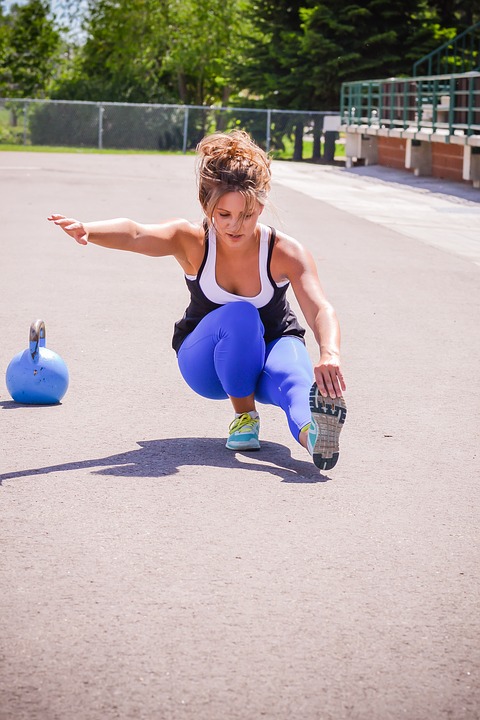Let's focus on the biggest reason that single-leg training can help you achieve your goals, whether strength or physique focused. It all comes down to stability. How many people can squat more than leg press? Even if you can squat 200 kg, I'll bet you can lie down on any leg press machine in the world and probably move more kilograms than that. The reason is stability, and lots of it.
Stability
In a free squat exercise (front, back, basically anything other than a smith machine), your body is required to develop a tremendous amount of internal stability.
Your hips are trying to control your knees so they don't cave in. Your core and torso are working tremendously hard to keep your chest up and your back flat. You're using a ton of muscle just to stabilize and support the weight, let alone move it up and down.
In contrast, on a leg press you have a ton of built-in, external stability. You have a built-in core, as your entire lower back is supported. You don't even need to use your torso as much because it's not supporting the weight to the same degree as you would in a squat. The sled also minimizes hip and knee stability, as you have to do is hop in and push the weight up and down. So this is a great lesson in stability - the more external stability you have, the more prime mover activation you can achieve.
In contrast, the less external stability you have, or the more unstable you are, the more stabilizer activity you elicit as your body is just trying to keep you upright.
Unilateral or Bilateral?
Now, let's take this example and apply it to bilateral versus unilateral lifts. Stability demands are obviously in play in a squat, which we've discussed. But in any lift, you have what's called a base of support (BOS). A general definition for BOS is the area underneath and between both feet. Think about multi-ply powerlifting for a moment. These guys are masters of efficiency and gear use. How do they squat?
They go very wide, not only to maximize the gear use, but to give them a tremendous base of support. This is important if you want handle maximal weights because a wider BOS means more stability and more stability means more prime mover activation. Now, let's take that wide base of support and move it in; and not just a little like a narrow squat, but a step further into a split-stance position like a lunge. Notice that your base of support just got a hell of a lot smaller?
Single-Leg Exercise
Think about how small your BOS is when you perform true single-leg work like step-ups or single-leg squats? As you can see, it's a trade off. The more stable you are, the more prime mover activation you get, and the less stable you are, the more stabilizer activation you get.
Why use so much weight on single-leg exercises?
I'm not talking about using baby weights. What I'm saying is that if you're doing single-leg work with a ton of weight, falling all over the place, and making yourself look like an idiot, you need to check your ego at the door and do it right.
You wouldn't put one plate on each side of the leg press to get more stabilizer activity. If you did, you'd be using the wrong tool for the wrong job. If you're going to leg press, the goal is to go heavy and build some steel wheels. The goal of single-leg and split-stance training is to improve your stability so that when you go back to your bilateral lifts, you're inherently more stable and can use more weight.
You don't have to use 10 kg dumbbells, but you just might, if that's what it takes to stay stable and build some internal stability.
Single-leg, Squatting heavy, leg press
Which one is better? It's like asking is better between a hammer, a wrench, and a screwdriver. They're all important, and each one has value in certain situations. All it really comes down to is your needs and goals. The more external stability you have, the more prime mover activation you can get. Want to know why some bodybuilders spend so much time on machines? Because they don't give a rat's ass about being functional.
It's about building a muscular physique. And machine-based training is a surefire way to build your prime movers to a high degree. Powerlifters, Olympic lifters, and athletes squat because they get a strong carryover to their sports. There's no better way to get strong than heavy squats and deadlifts.
Single-leg work absolutely plays a role as well. I don't think you're going to become a monster by focusing solely on your step-up and split-squat for the next 15 years, but you can definitely improve your stability and performance by incorporating into your program.
If something helps you achieve your goals, good for you. The goal for me is simple: To be able to train hard and stay healthy, for as long as possible.






